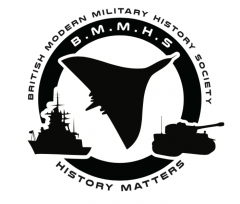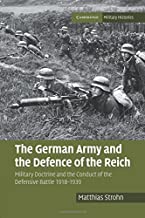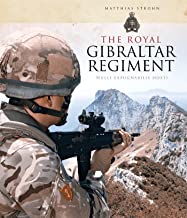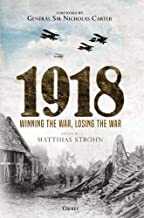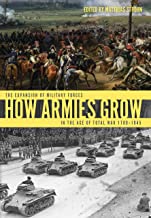BMMHS Evening Meeting: Stalingrad
Stalingrad
Speaker: Dr Matthias Strohn
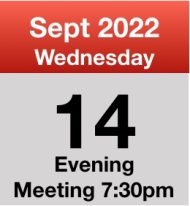
Wednesday 14th September 2020; 7:30pm
This talk by Matthias Strohn we be re-scheduled to a later date. The September 2022 meeting is now PQ17 by Robin Brodhurst.
BMMHS Meeting Venue
Woodcote Village Hall, Reading Road, Woodcote, RG8 0QY
Stalingrad
The Battle of Stalingrad (23 August 1942 – 2 February 1943) was the largest confrontation of World War II, in which Germany and its allies fought the Soviet Union for control of the city of Stalingrad (now Volgograd) in Southern Russia.
Marked by fierce close-quarters combat and direct assaults on civilians in air raids, it remains the largest (nearly 2.2 million personnel) and bloodiest (1.8–2 million killed, wounded or captured) battle in the history of warfare. After their defeat at Stalingrad, the German High Command had to withdraw vast military forces from the Western Front to replace their losses.
The German offensive to capture Stalingrad began in August 1942, using the 6th Army and elements of the 4th Panzer Army. The attack was supported by intense Luftwaffe bombing that reduced much of the city to rubble. The fighting degenerated into house-to-house fighting; both sides poured reinforcements into the city. By mid-November 1942, the Germans had pushed the Soviet defenders back at great cost into narrow zones along the west bank of the Volga River.
On 19 November 1942, the Red Army launched Operation Uranus, a two-pronged attack targeting the weaker Romanian and Hungarian armies protecting the German 6th Army’s flanks. The Axis forces on the flanks were overrun and the 6th Army was cut off and surrounded in the Stalingrad area. Adolf Hitler ordered that the army stay in Stalingrad and make no attempt to break out; instead, attempts were made to supply the army by air and to break the encirclement from the outside. Heavy fighting continued for another two months. By the beginning of February 1943, the Axis forces in Stalingrad had exhausted their ammunition and food. The remaining units of the 6th Army surrendered. The battle lasted five months, one week and three days.
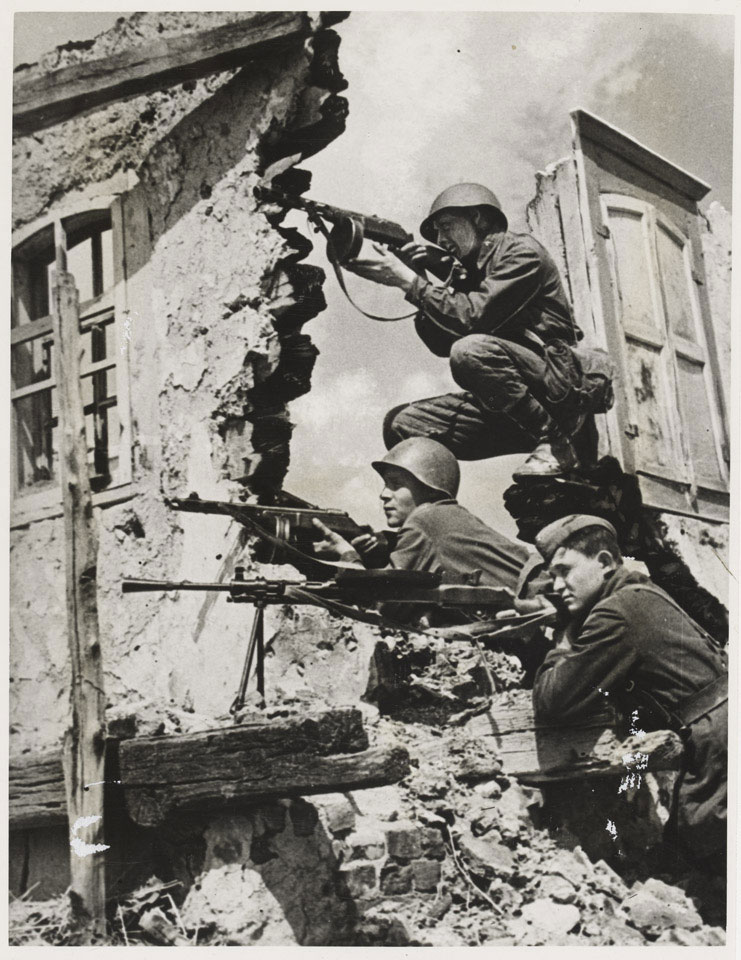
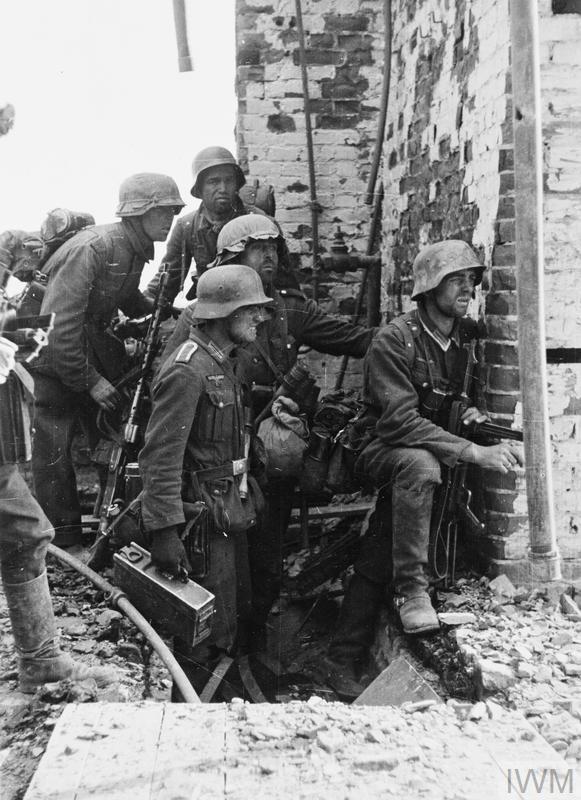
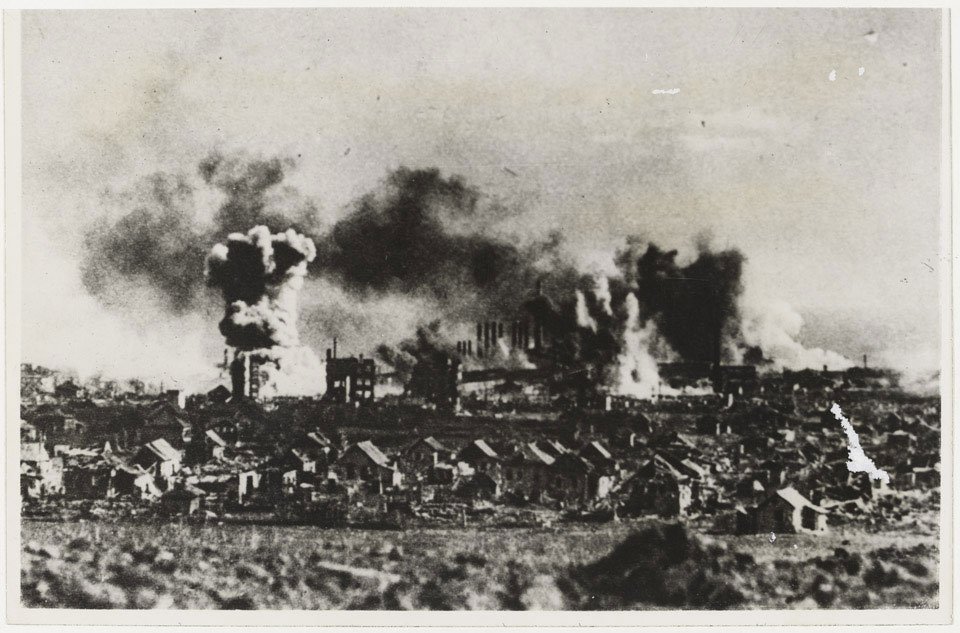
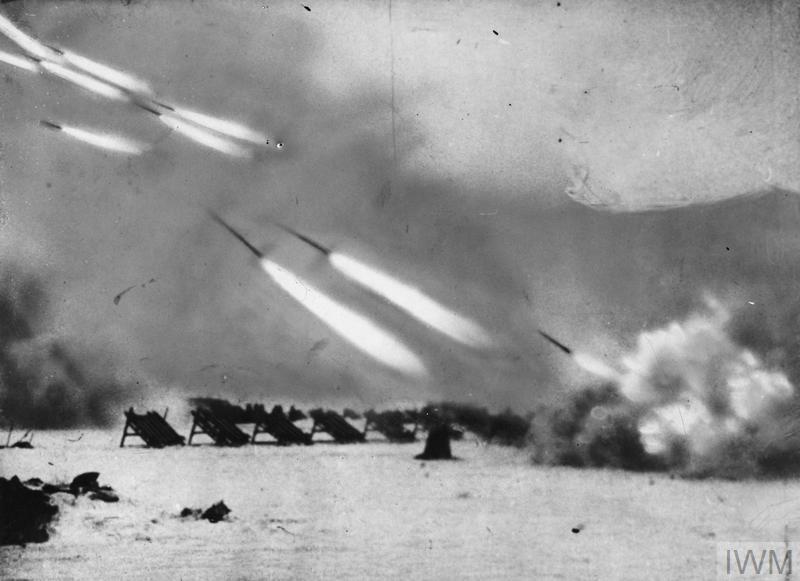
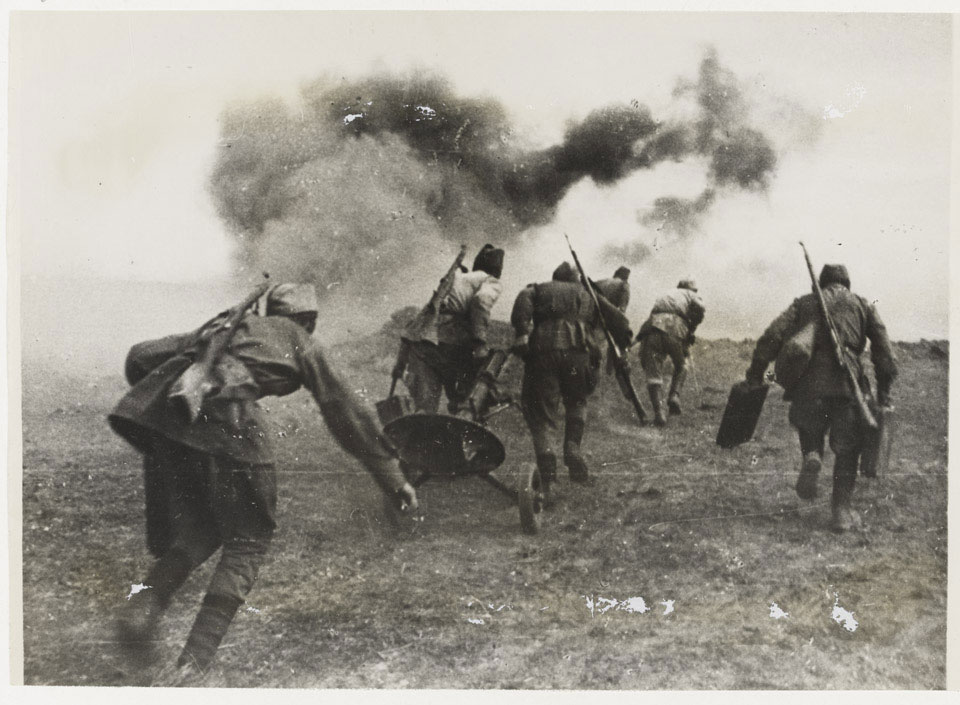

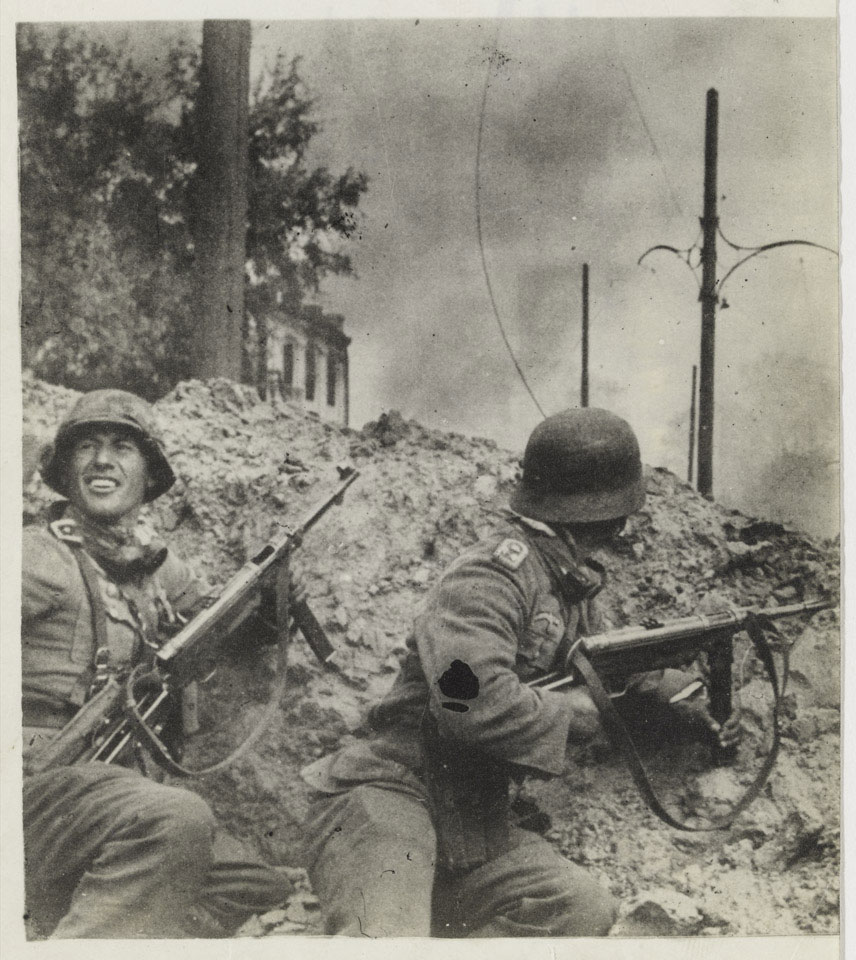
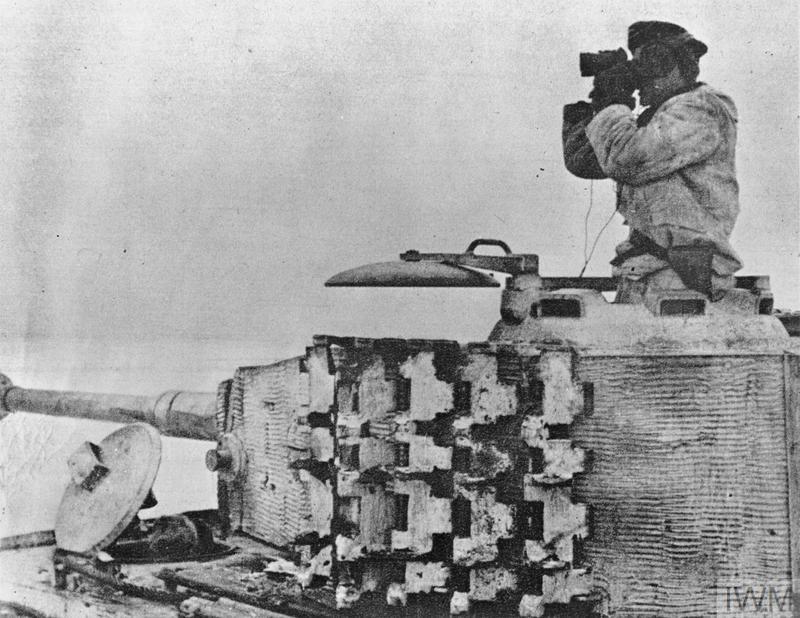
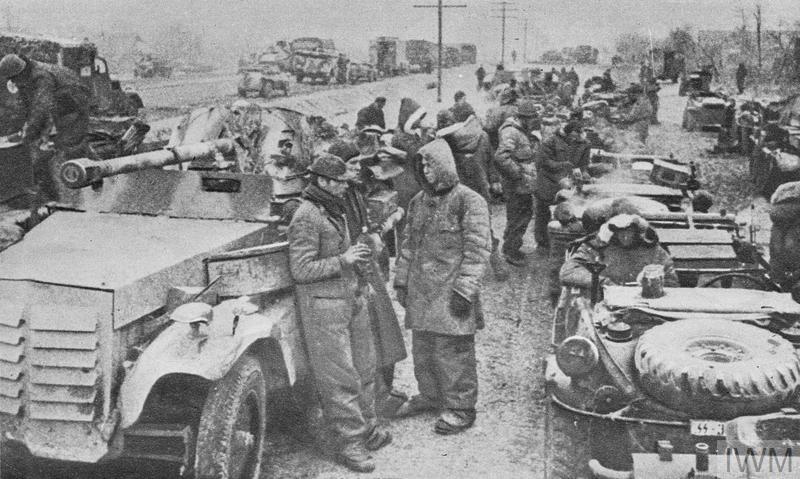
The German Defeat

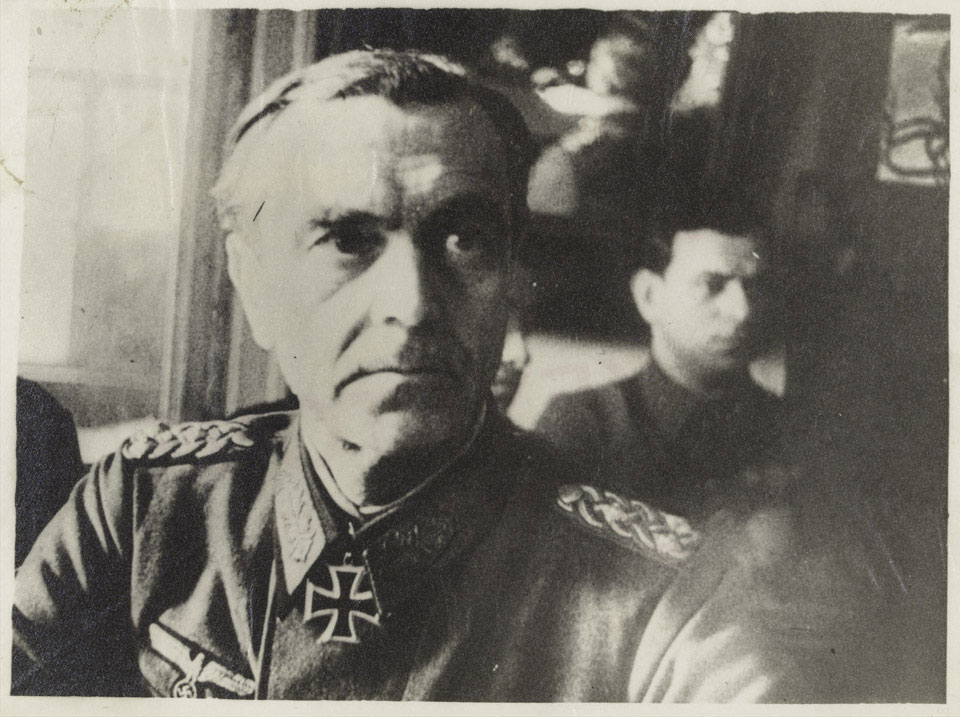
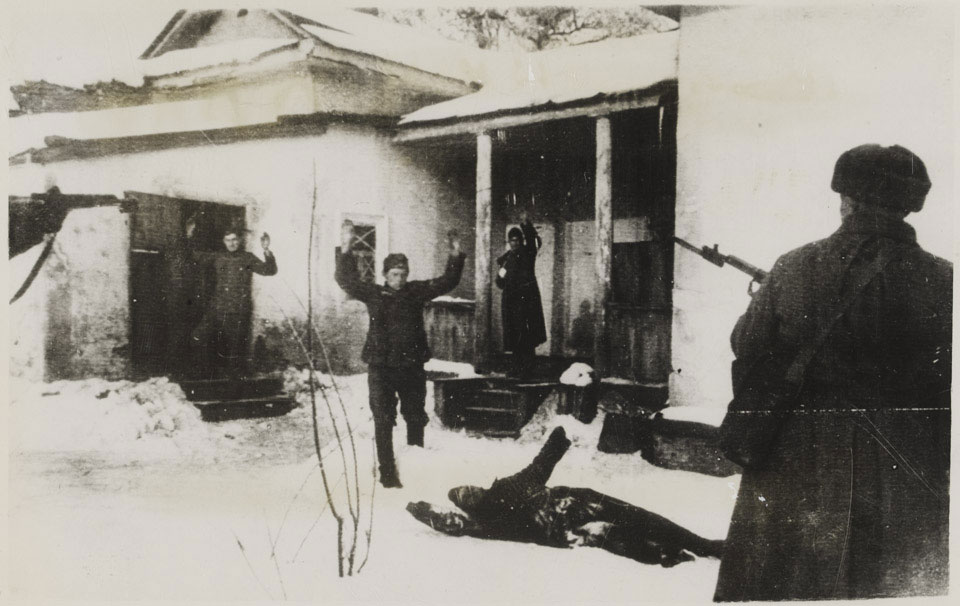
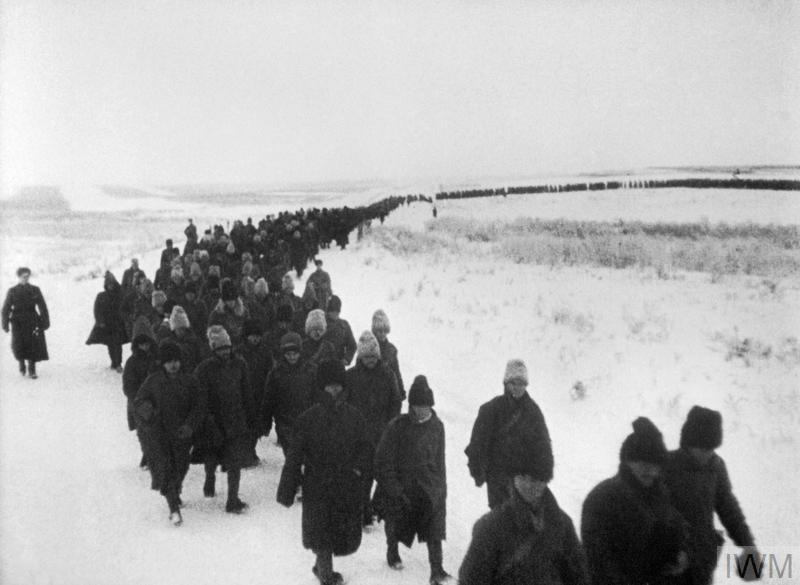

About the speaker – Dr Matthias Strohn

Click to see full BMMHS event listing pages.
Contact us at info@bmmhs.org
Copyright © 2024 bmmhs.org – All Rights Reserved
Images © IWM & NAM
